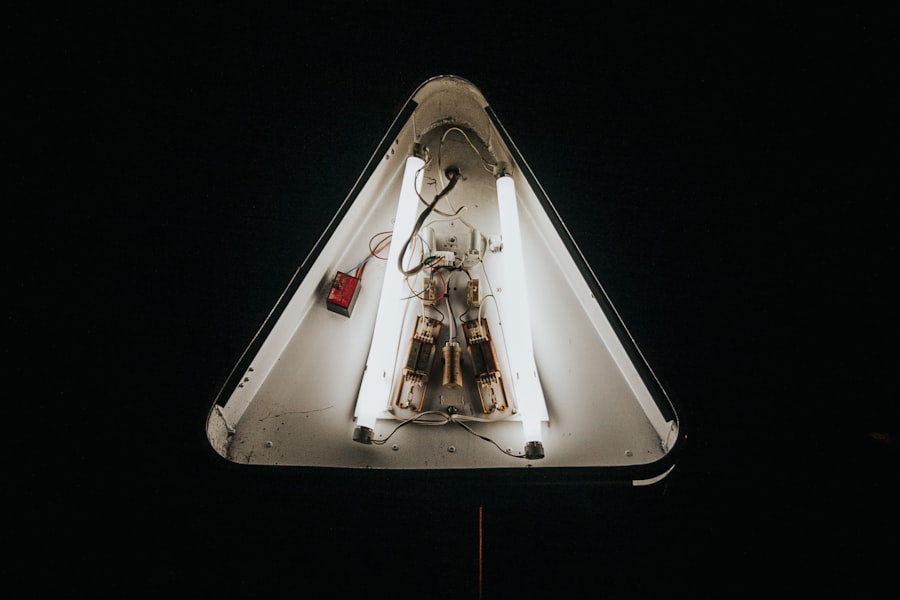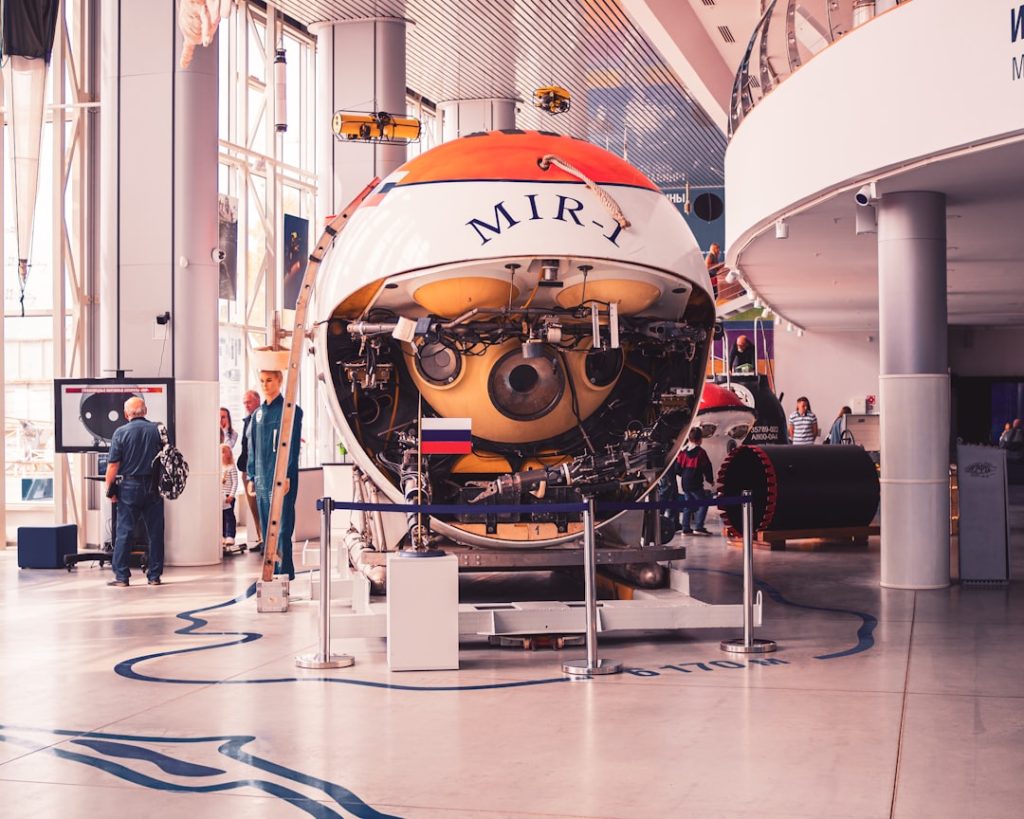The Voyager program, initiated by NASA in the late 1960s, was born out of a desire to explore the outer planets of our solar system. The mission was conceived during a period of intense interest in space exploration, following the success of the Apollo missions. The primary objective was to take advantage of a rare planetary alignment that would allow a spacecraft to visit multiple outer planets using a gravitational assist technique.
This alignment, which occurs approximately every 175 years, presented a unique opportunity to gather unprecedented data about Jupiter, Saturn, Uranus, and Neptune. In 1972, the Voyager program officially commenced with the launch of Voyager 1 and Voyager 2. These twin spacecraft were designed to be robust and versatile, capable of enduring the harsh conditions of space while carrying sophisticated scientific instruments.
The mission was not just about reaching these distant worlds; it was also about expanding humanity’s understanding of the solar system and our place within it. The ambitious goals set forth by NASA were met with excitement and skepticism alike, as many wondered whether such a complex mission could be successfully executed. However, the groundwork laid by scientists and engineers paved the way for what would become one of the most successful space missions in history.
Key Takeaways
- Voyager 1 and 2 were launched in 1977 on a historic mission to explore the outer planets of our solar system.
- The Voyager spacecraft were equipped with cutting-edge technology and innovative design to withstand the harsh conditions of space and transmit data back to Earth.
- Voyager’s journey through the solar system provided groundbreaking discoveries about the outer planets, their moons, and the nature of our solar system.
- The missions of Voyager led to significant contributions to our understanding of planetary science, including the discovery of active volcanoes on Jupiter’s moon Io.
- Voyager’s Golden Record contains a message to potential extraterrestrial life, including sounds and images representing life on Earth, and was launched with the hope of reaching intelligent life beyond our solar system.
The Design and Technology of the Voyager Spacecraft
The design of the Voyager spacecraft was a remarkable feat of engineering, reflecting both innovation and practicality. Each spacecraft measured about 3.7 meters in height and 2.7 meters in width, with a distinctive golden hue due to its aluminum exterior. The design prioritized durability and functionality, incorporating a variety of scientific instruments that would allow for comprehensive data collection.
Among these instruments were cameras, spectrometers, and magnetometers, each meticulously chosen to gather information about the planets and their moons. One of the most notable technological advancements in the Voyager spacecraft was its use of radioisotope thermoelectric generators (RTGs) for power. Unlike solar panels, which would be ineffective in the distant reaches of the solar system where sunlight is weak, RTGs provided a reliable source of energy by converting heat released from the decay of radioactive isotopes into electricity.
This technology ensured that the spacecraft could operate for decades without needing to rely on external power sources. Additionally, the onboard computer systems were designed to be highly autonomous, allowing the spacecraft to make decisions and execute commands without waiting for instructions from Earth, which could take hours due to the vast distances involved.
Voyager’s Journey through the Solar System

Voyager 1 and Voyager 2 embarked on their journeys in 1977, each taking distinct paths through the solar system. Voyager 1, launched on September 5, 1977, was directed towards Jupiter and Saturn, while Voyager 2, which launched shortly thereafter on August 20, 1977, was designed to visit all four giant planets: Jupiter, Saturn, Uranus, and Neptune. The trajectories of both spacecraft were carefully calculated to maximize their scientific return while minimizing travel time.
Voyager 1 made its closest approach to Jupiter in March 1979, providing stunning images and valuable data about the planet’s atmosphere, magnetic field, and moons. It revealed previously unknown details about Jupiter’s Great Red Spot and its complex ring system. Following its encounter with Jupiter, Voyager 1 continued on to Saturn, where it conducted a flyby in November 1980.
The spacecraft captured breathtaking images of Saturn’s rings and its largest moon, Titan. Meanwhile, Voyager 2’s journey was equally remarkable; it flew by Jupiter in July 1979 and Saturn in August 1981 before heading towards Uranus and Neptune. In January 1986, Voyager 2 became the first spacecraft to fly by Uranus, providing insights into its unique tilt and atmosphere.
It then reached Neptune in August 1989, where it discovered the planet’s dynamic weather patterns and its moon Triton.
Discoveries and Contributions of Voyager’s Missions
| Discoveries and Contributions of Voyager’s Missions |
|---|
| Voyager 1 and 2 provided detailed images and data of Jupiter, Saturn, Uranus, and Neptune. |
| Discovered active volcanoes on Jupiter’s moon Io and evidence of subsurface oceans on Europa. |
| Revealed intricate details of Saturn’s rings and discovered new moons around the planet. |
| Provided the first close-up images of Uranus and Neptune, revealing their unique features. |
| Detected a heliopause, the boundary where the solar wind meets the interstellar medium. |
| Carried a golden record with sounds and images of Earth, intended for any extraterrestrial life forms. |
The discoveries made by the Voyager missions have had a profound impact on our understanding of the solar system. One of the most significant contributions was the detailed study of planetary atmospheres. For instance, Voyager 1’s observations revealed that Jupiter’s atmosphere is composed primarily of hydrogen and helium but also contains trace amounts of other gases such as methane and ammonia.
This data has been crucial for scientists studying planetary formation and evolution. Moreover, Voyager’s encounters with the moons of these gas giants yielded groundbreaking findings. For example, Voyager 2’s flyby of Titan revealed that it has a thick atmosphere rich in organic compounds, making it one of the most Earth-like bodies in the solar system despite its frigid temperatures.
The discovery of geysers on Triton suggested that this moon might harbor subsurface oceans, raising intriguing questions about potential extraterrestrial life. The data collected by both spacecraft have been instrumental in shaping our current models of planetary science and have inspired further exploration missions.
The Golden Record: Voyager’s Message to the Universe
One of the most iconic aspects of the Voyager missions is the Golden Record—a phonograph record included aboard both spacecraft that serves as a time capsule intended for any intelligent extraterrestrial life that might encounter them in the distant future. The record contains a diverse collection of sounds and images that represent the diversity of life and culture on Earth. Curated by a team led by Carl Sagan, it features greetings in 55 different languages, music from various cultures and eras, and images depicting human life and our planet.
The Golden Record is not merely a scientific artifact; it is a profound statement about humanity’s desire to connect with others beyond our world. The selection process for its contents was meticulous; it aimed to convey not only our achievements but also our vulnerabilities as a species. For instance, it includes sounds from nature—like birdsong and whale calls—alongside human-made sounds such as laughter and greetings.
This thoughtful compilation reflects an understanding that any potential recipients would need context to interpret our existence accurately.
Voyager’s Interstellar Mission: Beyond the Solar System

After completing their primary missions within the solar system, both Voyager spacecraft transitioned into interstellar space—an unprecedented phase that has allowed them to continue sending back valuable data about the heliosphere and beyond. Voyager 1 crossed into interstellar space in August 2012, followed by Voyager 2 in November 2018. This transition marked a significant milestone in human exploration as it represented our first foray into regions beyond the influence of our sun.
In interstellar space, both spacecraft have been studying cosmic rays—high-energy particles originating from outside our solar system—as well as magnetic fields and plasma waves. The data collected during this phase has provided insights into the nature of interstellar space and has helped scientists understand how our solar system interacts with the surrounding environment. For instance, Voyager 1 has detected an increase in cosmic rays as it moved beyond the heliopause—the boundary where solar wind from our sun meets interstellar medium—offering clues about the conditions present in interstellar space.
The Lasting Legacy of the Voyager Spacecraft
The legacy of the Voyager missions extends far beyond their scientific achievements; they have fundamentally changed our perspective on humanity’s place in the universe. The stunning images captured by both spacecraft have inspired generations to look up at the stars with wonder and curiosity. The famous “Pale Blue Dot” photograph taken by Voyager 1 from a distance of approximately 3.7 billion miles away shows Earth as a tiny speck against the vastness of space—a poignant reminder of our fragility and interconnectedness.
Moreover, the technological advancements developed for the Voyager missions have had lasting impacts on subsequent space exploration efforts. The engineering solutions devised for long-duration missions have informed designs for newer spacecraft exploring Mars, asteroids, and beyond. The success of Voyager has also paved the way for ambitious missions like New Horizons, which flew by Pluto in 2015, and future endeavors aimed at exploring exoplanets and other celestial bodies.
The Future of Voyager and its Impact on Space Exploration
As both Voyager spacecraft continue their journeys through interstellar space, they remain operational despite being over four decades old—a testament to their robust design and engineering excellence. NASA continues to receive data from both probes, albeit at diminishing rates due to their increasing distance from Earth. As they drift further away from our solar system, their power sources will eventually dwindle; however, until that time comes, they will continue to provide invaluable insights into regions previously unexplored.
The impact of the Voyager missions on space exploration is profound; they have set a precedent for ambitious scientific endeavors that push the boundaries of human knowledge. The spirit of exploration embodied by Voyager continues to inspire new generations of scientists and engineers who seek to unravel the mysteries of our universe. As we look toward future missions aimed at exploring distant worlds or even sending probes to other star systems, we carry forward the lessons learned from Voyager—lessons about resilience, curiosity, and our shared responsibility to understand not only our own planet but also our place within the cosmos.


